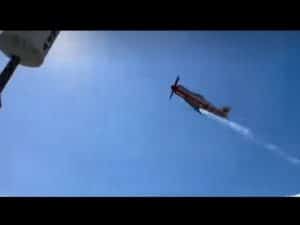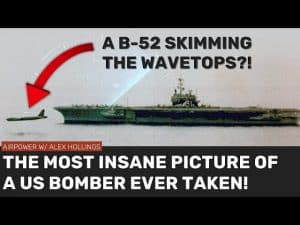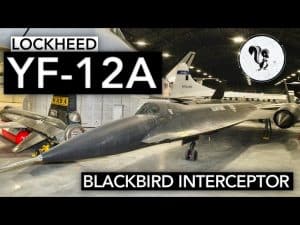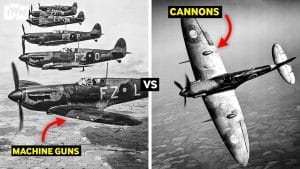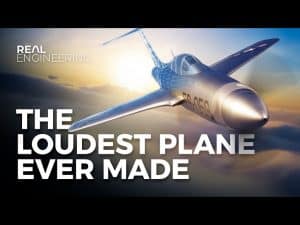The T-34 Tank Could Not Escape This Fatal Flaw
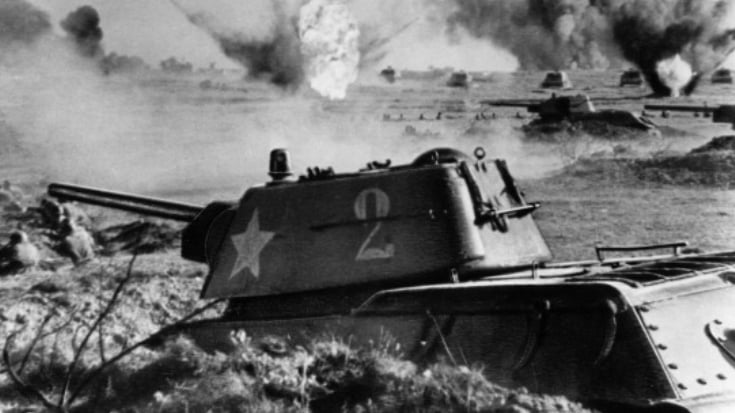
(Photo by Sovfoto/UIG via Getty Images)
Sights.
During WWII, the Soviet Union’s T-34 tank stood out as one of the key achievements in heavy vehicle warfare. The T-34’s design earned the admiration of several German Generals including Heinz Guderian who considered it superior to the many Wehrmacht tanks. However, the T-34’s wasn’t always the king of ground combat and it’s early stages were plagued with many troubles.
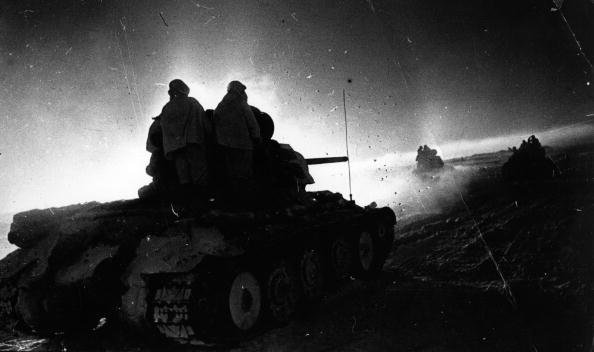
The T-34 was equipped with a 76mm F-34 gun, it was powerful, it lacked boresight making it likely to miss its target. Gunners could adapt the problem of inaccuracy after some time, but the T-34 was faced with another issue, low ammunition. Factories were only about to produce about 15% of the munitions required for the T-34 in prewar times.
“The mass production of 76mm armor-piercing shells in the USSR didn’t get up and running until 1939, but it didn’t go smoothly and there simply wasn’t enough time to accumulate sufficient reserves for them.”
– Boris Kavalerchik
By 1941, the low production of ammunition caused a change in tactics for the T-34. These tanks were using their machine guns and even seen ramming enemy vehicles due to their lack of explosive ammunition. Military History Visualized takes a closer look at the gun problems faced by the T-34 in 1941.












